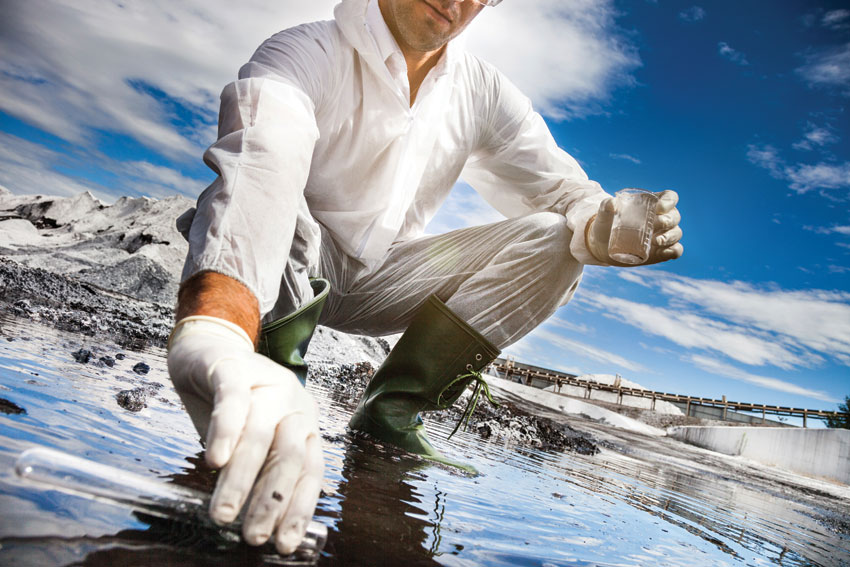Companies are now more careful in their operations towards environmental regulations

In the past, mining unfortunately had a poor environmental reputation. Oscar González Rocha, President and CEO of Southern Copper Corporation of Peru, concedes that the industry has an image problem. “Yes, there used to be pollution because there were no laws, but from 1997 to 2007, there were many improvements, with investments of more than $600 million to modernize mining processes in order to avoid all types of pollution.”
Now, mining companies recognize their role as “change agents” in Peru, and are careful in their operations to respect environmental regulations. When Peru’s Minister of Energy and Mines, Rosa María Ortiz, spoke at the IX International Congress of Prospectors and Explorers in Lima, there were 51 mining projects on current record, which were worth nearly $64 billion over the next five years. Around 45% of these projects have had their environmental impacts assessed and approved. The rest are being examined.
When the environmental impact is questionable or negative, companies can rework their plans to meet environmental standards and to address any concerns. Southern Copper’s $1.4 billion project, Tía María, has had its plans revised several times, and in August 2014 the project’s environmental impact assessment successfully addressed all environmental concerns raised by local citizens and environmentalists about possible contamination of local water supplies.
Many companies must also answer to international bodies. Minera IRL, for example, must follow UK corporation regulations due to its corporation registration. The company is also listed on the Toronto Stock Exchange, meaning it is governed by rules and regulations according to their exchange, as well as the Lima Stock Exchange.
Financial stakeholders have an interest in environmental practices as well. Executive President, Chief Executive Officer and Chairman of the Board of Compañia de Minas Buenaventura, Roque Benavides, signs a letter each year for London-based investment fund Foreign and Colonial to certify that the company complies “with a series of requirements: taking care of the environment, respecting the [local] communities… and, of course, we do so,” he says.
With the active participation of all stakeholders–financial, corporation, government, and local–environmental concerns about mining can be addressed and Peru’s unique environmental features can be preserved.
0 COMMENTS